Seoul City Wall Museum (한양도성박물관)
2.7Km 2023-12-22
283, Yulgok-ro, Jongno-gu, Seoul
+82-2-724-0243
Hanyangdoseong, the Seoul City Wall, built in 1396, was the city fortress wall that protected the capital city Seoul for over 600 years. The fortress wall was built along the terrains and although it became partially damaged during the modernization process, its original form remains well to this day, making it a cultural heritage that coexists with the modern city. The Seoul City Wall Museum, located in Heungjinjimun Park, is a museum containing the history and culture of city wall from the Joseon dynasty to the present. It is a cultural space with a permanent exhibition hall, special exhibition hall, city wall information center, and study room.
Munmyo Confucian Shrine and Seonggyungwan National Academy (서울 문묘와 성균관)
2.7Km 2020-03-31
31, Seonggyungwan-ro, Jongno-gu, Seoul
+82-2-760-1472
Munmyo is a shrine dedicated to Confucius, whose teachings form the foundation of Confucianism. It is also dedicated to his disciples and other great Confucian scholars. Munmyo is not only the shrine but also the highest educational institution of the Joseon dynasty. Munmyo was once called as Munseonwangmyo since during the Tang dynasty, Confucius was named as King Munseon after his death and then it has been called as Munmyo since the Yuan dynasty.
The compound consists of two main areas: the Daeseongjeon houses shrines and the Myeongnyundang features seminar halls and other auxiliary facilities. Also, there are two dormitories, Dongjae and Seojae, which are collectively known as Sungkyunkwan. In front of the Myeongnyundang stands a ginkgo tree designated as Natural Monument No. 59. In spring and autumn, a ritual for Confucius and his disciples takes place.
Dongdaemun History & Culture Park (동대문역사문화공원)
2.7Km 2024-11-27
281 Eulji-ro, Jung-gu, Seoul
Dongdaemun History & Culture Park is a park established on the former site of the Dongdaemun Stadium. It serves as a thematic park showcasing the history and culture of Seoul, while also providing a space to experience modern design and culture. During the park's development in 2008, numerous artifacts from the Joseon dynasty, including The Two Floodgates, the Chiseong Castle, Military Training Agency, and over 1,000 relics from the Joseon era, were excavated. Alongside the park, there is the Dongdaemun Design Plaza (DDP) and the Relic area.
Saera - Daehangno Branch [Tax Refund Shop] (세라제화 대학로)
2.7Km 2024-04-19
123-1, Daehak-ro, Jongno-gu, Seoul
-
Sinuyangdon (신우양돈)
2.7Km 2021-03-18
19-8, Daemyeong-gil, Jongno-gu, Seoul
+82-2-747-3779
Spicy beef ribs are also available. The best menu at this restaurant is spicy grilled spareribs. This is a Korean cuisine located in Daehak-ro, Seoul.
Seoul Dance Festival (서울무용제)
2.7Km 2021-08-11
7, Daehak-ro 8-gil, Jongno-gu, Seoul
• 1330 Travel Hotline: +82-2-1330
(Korean, English, Japanese, Chinese) • For more info: +82-2-744-8066
Seoul Dance Festival started in 1979 and is a representative dance festival in Korea, introducing Korean dance, modern dance, ballet and other genres of creative dance performance. The festival offers performances by dance troupes from all over Korea and specially invited performing arts groups from abroad, as well as university students majoring in dance and performing arts.
Seoul Theater Festival (서울연극제 2020)
2.7Km 2020-05-22
7, Daehak-ro 8-gil, Jongno-gu, Seoul
• 1330 Travel Hotline: +82-2-1330 (Korean, English, Japanese, Chinese) • For more info: +82-2-765-7500
Seoul Theater Festival is a theatrical arts festival that has been representing Seoul for over 40 years. The festival’s history first began in 1977 under the name “Republic of Korea’s Theater Festival” with the aim of developing Korea’s original theater productions. The festival has evolved to presenting original performances as well as to interpreting and holding both premier and reruns of excellent performances since 2017.
Hwang Seonsaeng (황선생)
2.8Km 2021-03-18
19-2, Daemyeong-gil, Jongno-gu, Seoul
+82-2-744-3301
This is a Asian restaurant located in Daehak-ro, Seoul. Try a variety of Thai dishes. The best menu at this restaurant is pad Thai.
Arko Arts Theater (아르코예술극장)
2.8Km 2021-04-16
7, Daehak-ro 8-gil, Jongno-gu, Seoul
+82-2-3668-0007
Opened on April 1, 1981, Arko Arts Theater’s mission statement is to “boost performance art, obtain performance space to promote its popularity among the public, and support stages to pure art organizations facing financial difficulties." As the center of performance art, the theater also began to attract a slew of small theaters and has played a pivotal role in promoting performance art and populating Dongsung-dong with artists. The theater offers a large hall, small hall, multipurpose studio space, and practice room.
Heunginjimun Gate - Dongdaemun Gate (흥인지문)
2.8Km 2024-10-10
288, Jong-ro, Jongno-gu, Seoul
+82-2-2148-1842
Heunginjimun Gate was built to protect Hanseongbu, which historically housed essential government facilities. Heunginjimun Gate was the gate on the east side of the outer wall of Seoul Fortress among eight gates. It is referred to as Dongdaemun Gate as well. The gate was constructed during King Taejo’s 5th year in 1396, remodeled during the reign of King Danjong in 1453, and was newly built in 1869 during the sixth year of King Gojong’s reign in 1869.
The gate features a hipped roof with five front and two side compartments on a two-storied building. The thin and weak bracket system supports the eaves and is excessively decorated, reflecting the construction features of the late Joseon period. Also, outside of the fortress is the half-circle-shaped Ongseong, a small wall, to protect the gate.
One of the unique factors of Heunginjimun Gate is that it is the only gate among Seoul’s eight to have Ongseong, further exhibiting the style of construction used during the late Joseon period.
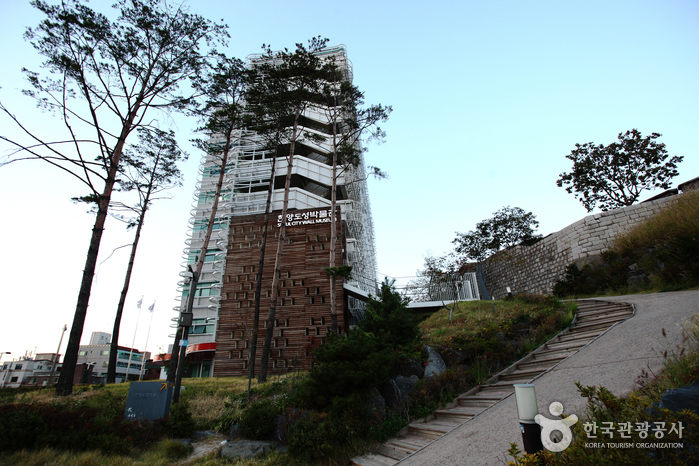
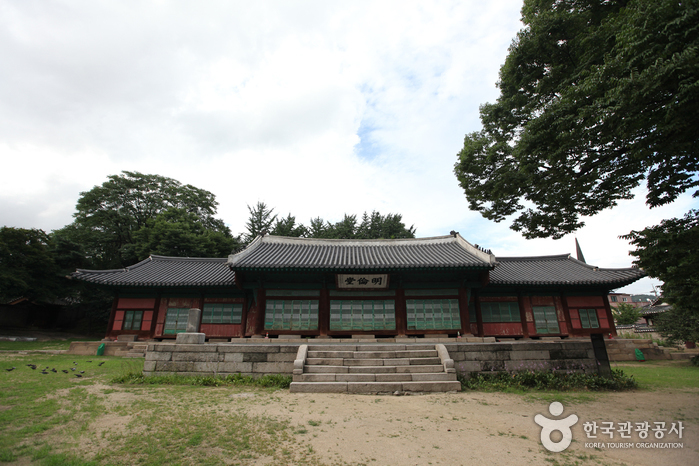
![Saera - Daehangno Branch [Tax Refund Shop] (세라제화 대학로)](http://tong.visitkorea.or.kr/cms/resource/85/2878185_image2_1.jpg)
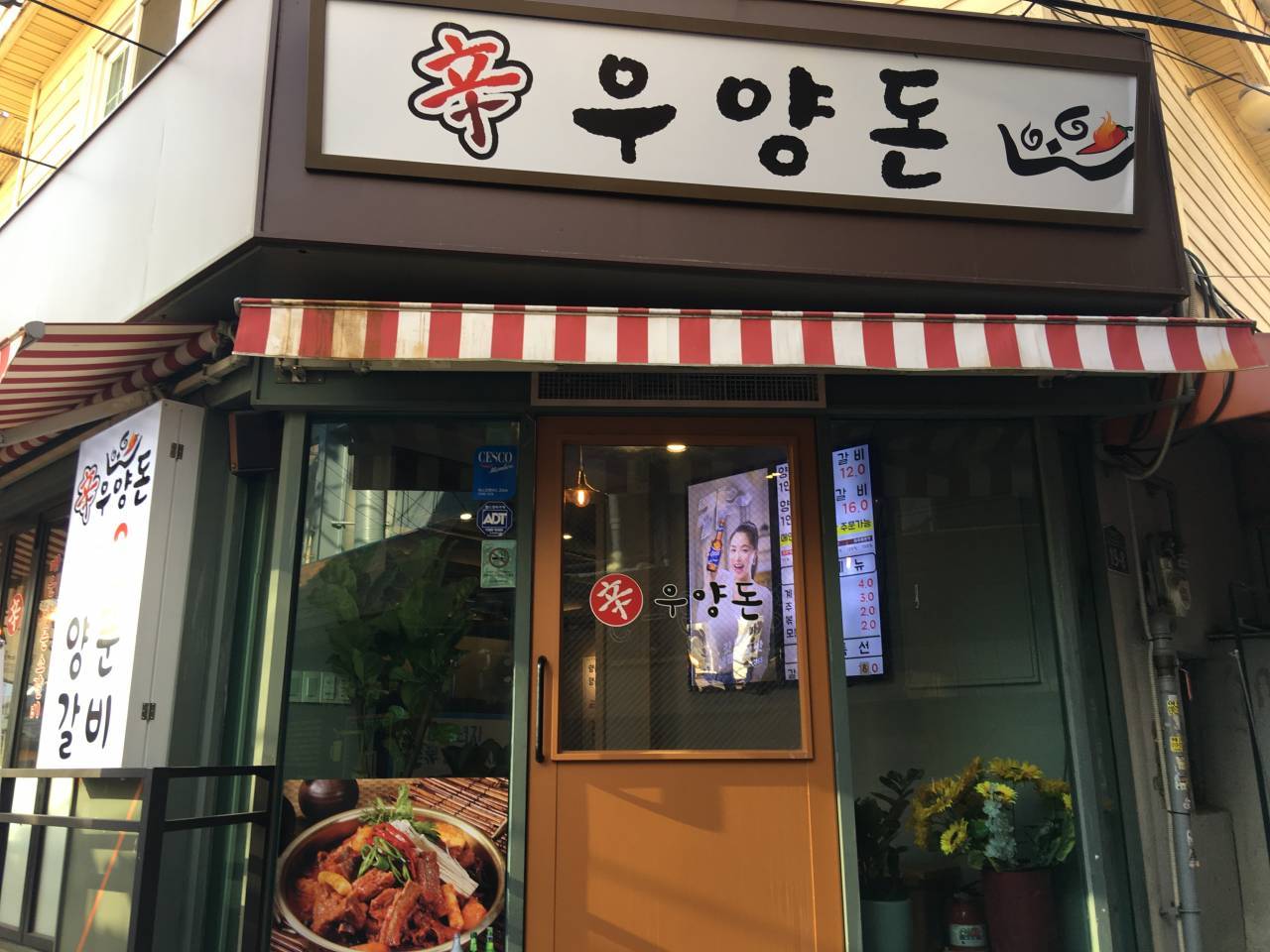
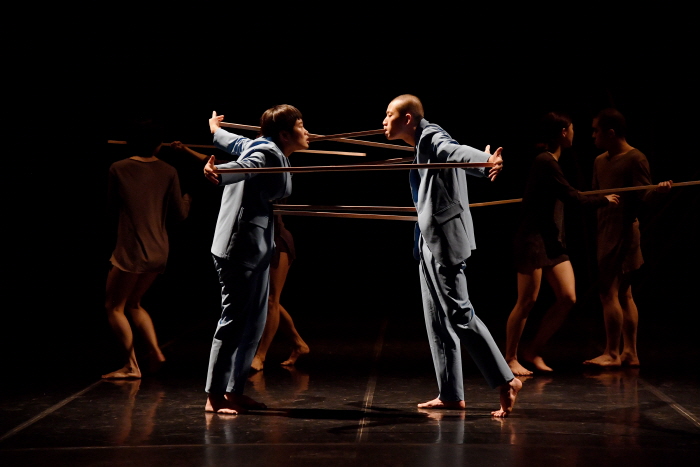
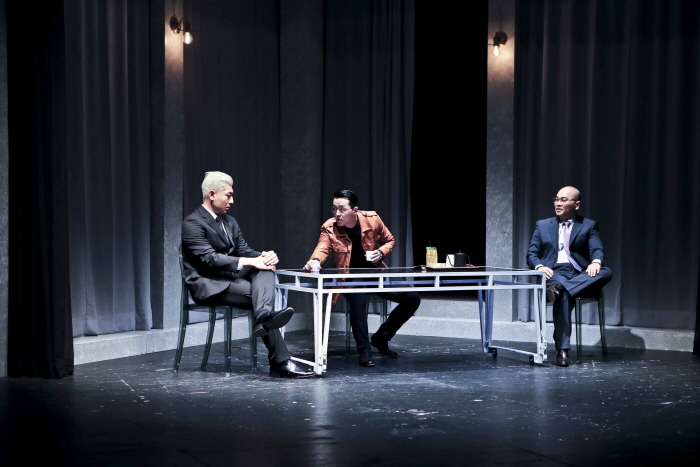

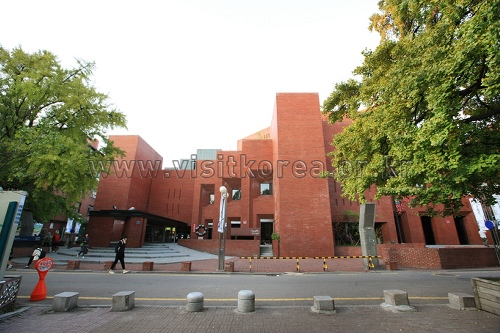
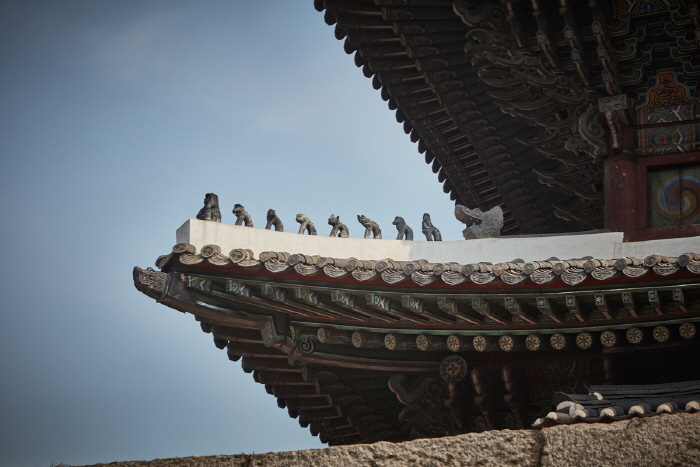
 English
English
 한국어
한국어 日本語
日本語 中文(简体)
中文(简体) Deutsch
Deutsch Français
Français Español
Español Русский
Русский